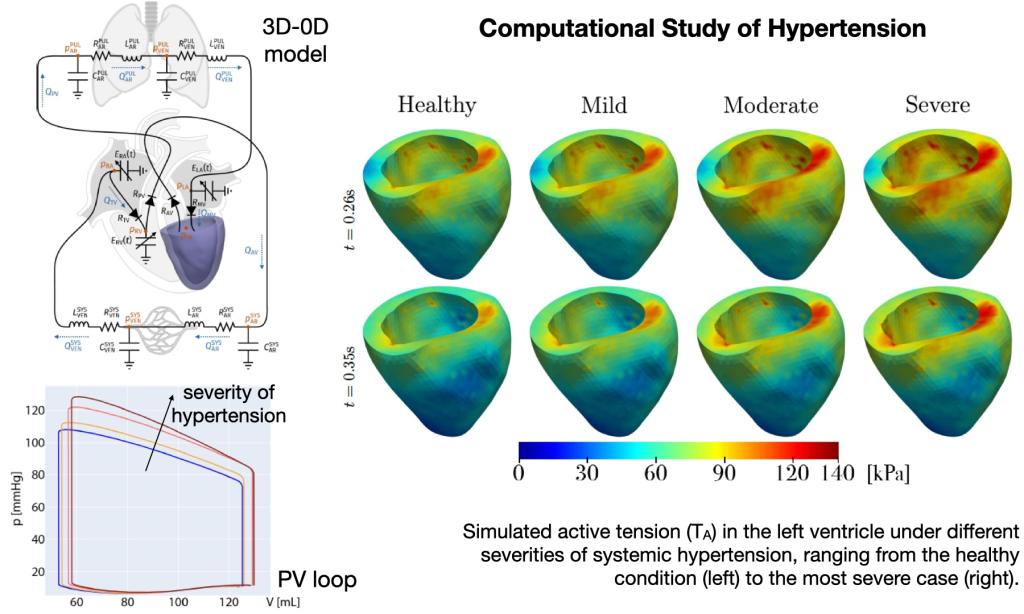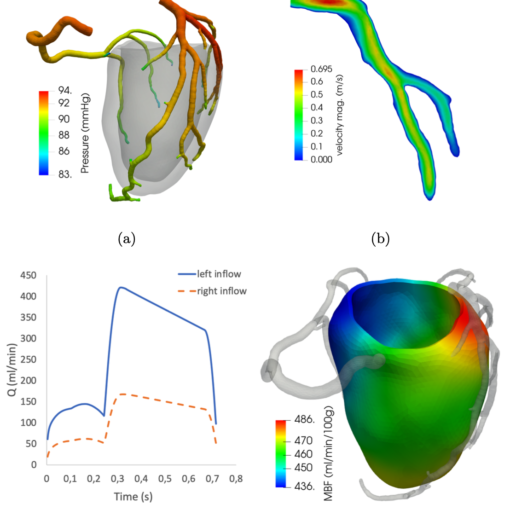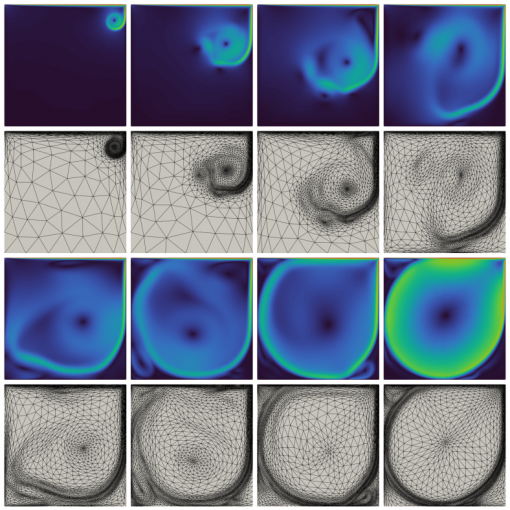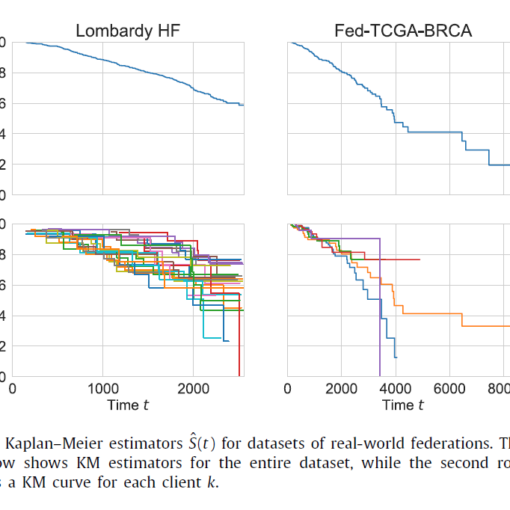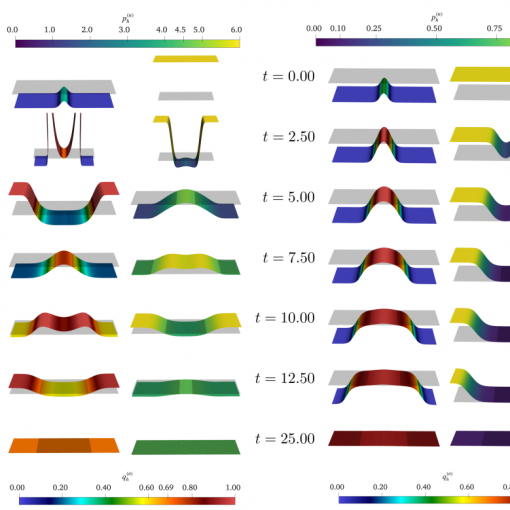A new MOX Report entitled “Cardiocirculatory Computational Models for the Study of Hypertension” by Celora, S.; Tonini, A.; Regazzoni, F.; Dede’, L. Parati, G.; Quarteroni, A. has appeared in the MOX Report Collection.
Check it out here: https://www.mate.polimi.it/biblioteca/add/qmox/64-2025.pdf
Abstract: In this work, we develop patient-specific cardiocirculatory models with the aim of building Digital Twins for hypertension. In particular, in our pathophysiology-based framework, we consider both 0D cardiocirculatory models and a 3D-0D electromechanical model. The 0D model, which consists of an RLC circuit, is studied in two variants, with and without capillaries. The 3D–0D model consists of a three-dimensional electromechanical model of the left ventricle, coupled with a 0D model for the external blood circulation: this representation enables the assessment of additional quantities related to ventricular deformation and stress, and offers a more detailed representation compared to a fully 0D model. Sensitivity analysis is performed on the 0D model, with both a mono- and a multi-parametric approach, in order to identify the parameters that most influence the model outputs and guide the calibration process. We studied three different sce! narios, c orresponding to systemic, pulmonary and renovascular hypertension, each in three nuances of severity. To maintain a fair comparison among the models, a parameter calibration strategy is developed; the outputs of the 0D model with capillaries are utilized to enhance the 3D-0D model. The results demonstrate that the 3D-0D model yields an accurate representation of cardiocirculatory dynamics in the presence of hypertension; this model represents a powerful step toward digital twins for real-time hypertension control, providing refined and clinically meaningful insights beyond those achievable with 0D models alone.

